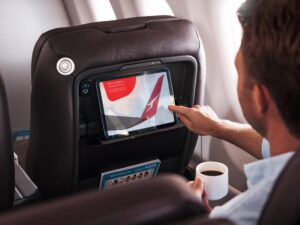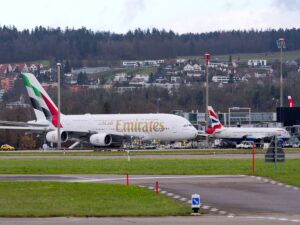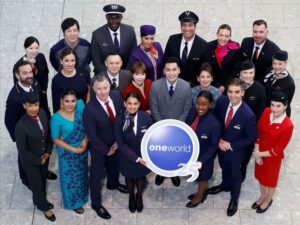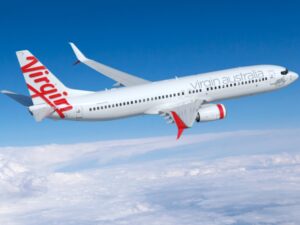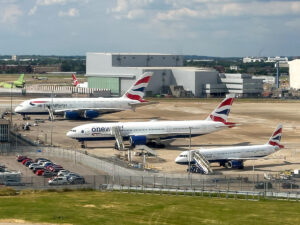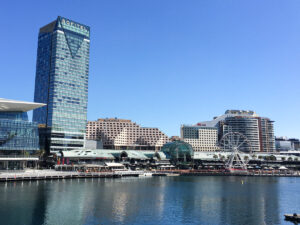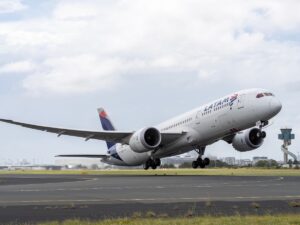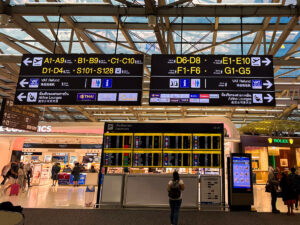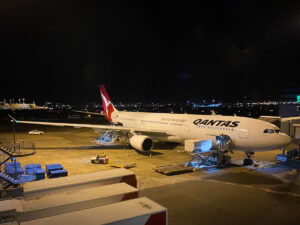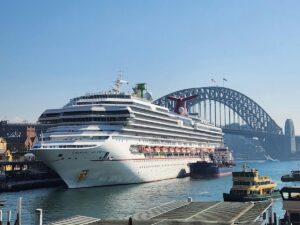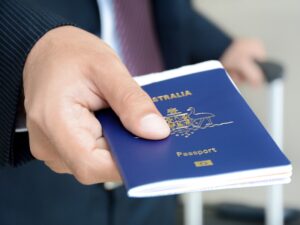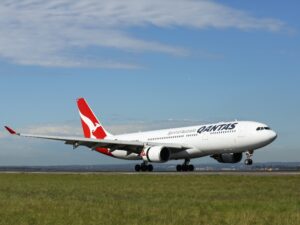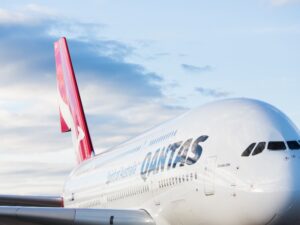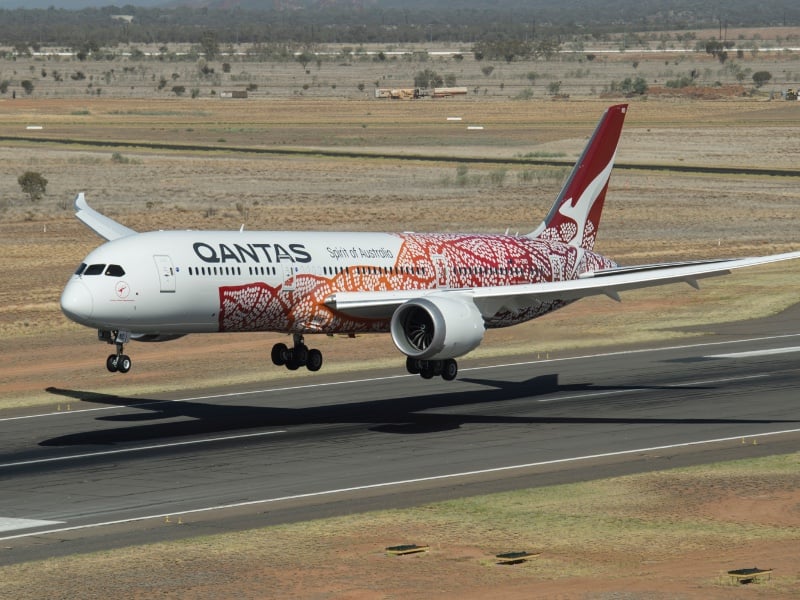
Qantas is busily preparing to restart international flights from next month. The airline will begin with flights from Sydney to London and Los Angeles, currently on sale from 14 November 2021, and gradually ramp up services over the following months.
It sounds great, in theory. But Qantas doesn’t actually have enough planes to operate all of the international flights it is currently selling for next year!
Australian Frequent Flyer analysed Qantas’ international Boeing 787 flight schedules into next year. While Qantas has enough planes to operate its advertised schedule up to mid-February, there’s a reasonable chance your flight will eventually get changed or cancelled if you’re booked to fly on or after 14 February 2022. Here’s why…
Qantas’ Boeing 787 schedules over the coming months
From mid-December 2021, Qantas currently plans to operate the following international flights using its fleet of 11 Boeing 787-9 aircraft:
- QF1/2 Sydney-Darwin-London (daily)
- QF9/10 Melbourne-Darwin-London (daily)
- QF11/12 Sydney-Los Angeles (daily)
- QF75/76 Sydney-Vancouver (Mondays, Thursdays & Saturdays)
- QF93/94 Melbourne-Los Angeles (Mondays, Wednesdays, Fridays & Sundays)
According to our analysis, Qantas would need a minimum of 9-10 Boeing 787-9s to operate all of these flights. So far, so good.
But from 14 February 2022, Qantas also plans to resume 3x weekly Sydney-San Francisco flights and 4x weekly Sydney-Dallas/Fort Worth flights using Boeing 787-9s. Qantas would need at least two more Boeing 787-9s to operate these routes at those frequencies.
Then, from 27 March 2022, Qantas is also selling seats on daily Sydney-Johannesburg and 4x weekly Sydney-Santiago flights – also operated by Boeing 787-9s. It also plans to increase the frequency of its Melbourne-Los Angeles flights to daily.
Qantas would need at least 14 Boeing 787-9s to operate the schedule currently on sale beyond 27 March 2022. There’s just one problem: Qantas has only 11 Boeing 787-9s in its fleet.
A shortage of planes
Qantas does have another three Boeing 787-9 aircraft on order from Boeing. But in late August, Qantas CEO Alan Joyce said he had deferred the delivery of these planes until the 2022-23 financial year (so, July 2022 at the very earliest).
Meanwhile, all of Qantas’ remaining Boeing 747s were retired last year. And the Airbus A380s will remain grounded until at least July 2022, when Qantas plans to bring two A380s out of long-term storage in the Californian desert to use on the Sydney-Los Angeles route. (Ten Airbus A380s will eventually return to service, but not for a few years.)
Qantas recently changed its London-Sydney schedule to a morning departure from London, with an evening arrival into Sydney. Its flights from Sydney and Melbourne to the United States also now depart late in the evening, instead of the morning. This significantly reduces the amount of time Qantas 787s will be sitting on the ground at London Heathrow and Los Angeles, allowing better fleet utilisation.
Even with this improved utilisation, the flying kangaroo’s schedules beyond 14 February 2022 don’t add up. According to our analysis, it would simply be impossible for Qantas to reliably run all of the flights that are now on sale beyond this date.
Qantas could make its February & March schedules work by reducing the frequency of its Melbourne-Los Angeles route from 4x weekly to 3x weekly – a simple enough change. By only using Boeing 787s for the Darwin-London section of its Melbourne-Darwin-London flights, it could also add a bit more flexibility to the schedule in case an aircraft goes out of service.
But that only gets the airline through to 27 March 2022, when Qantas plans to additionally resume flights to Johannesburg, Santiago and add more Melbourne-Los Angeles services. By adjusting its London-Sydney and Sydney-Los Angeles schedules again beyond 27 March, Qantas could reduce the number of Boeing 787s needed to operate its schedule from 14 to 13. But the airline would still be short by a couple of planes.
Even then, there would be no spare aircraft in case any planes needed maintenance and there will be very little “slack” in the schedule to allow recovery from delays. This could lead to severe delays and disruptions to the Qantas international network if any Boeing 787s suffered mechanical problems.
Qantas will fly Airbus A330s from Brisbane to the USA
Qantas is already making changes to its Airbus A330-200s so they can be used on the Brisbane-Los Angeles and Brisbane-San Francisco routes. The airline has been forced to do this by a lack of Boeing 787-9s, which are normally used for these long-haul routes.
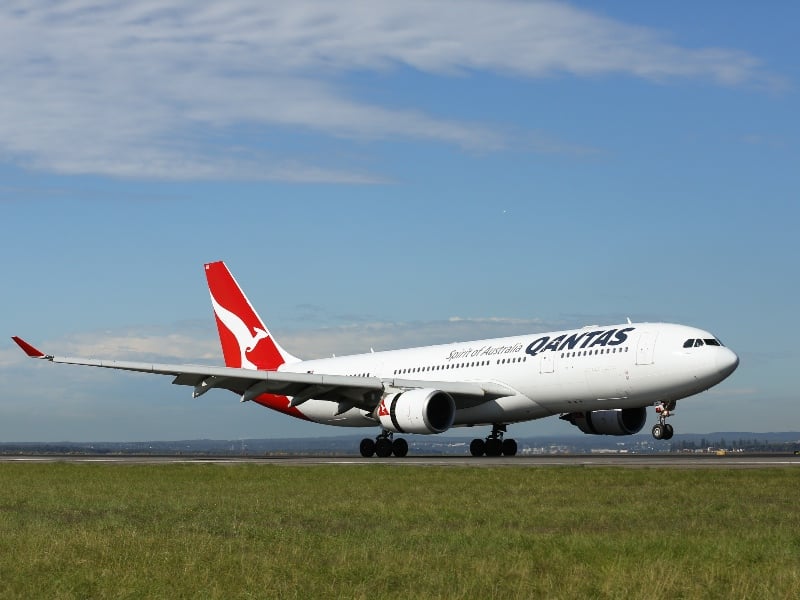
But there are no other aircraft types in Qantas’ current fleet that are capable of operating the other long-haul routes currently scheduled as Boeing 787 services. The only exceptions are the Sydney-Darwin and Melbourne-Darwin legs of Qantas’ flights to London via Darwin.
Airlines adapting to a dynamic environment
Qantas does offer refunds to customers whose flights are cancelled (although it can take 8 weeks). Thanks to the airline’s Fly Flexible policy, Qantas passengers with international bookings made until 28 February 2022, for travel until 31 December 2022, can also access fee-free changes or cancel for a flight credit.
That’s a good thing, since it is inevitable that at least some of the Qantas flights currently on sale for next year will have to be cancelled.
In fairness to Qantas, it is certainly not the only airline currently selling flights that are unlikely to operate. In fact, some airlines have been selling so-called “ghost flights” throughout the pandemic.
Many other airlines have also not yet adjusted their flight schedules beyond 27 March 2022, which happens to be the end of IATA’s northern winter scheduling period. Beyond this date, many airlines are just selling their pre-covid flight schedules for now as a placeholder, until they have an opportunity to analyse demand and finalise their schedules closer to the time.
A Qantas spokesperson told Australian Frequent Flyer that the current dynamic environment means the airline is continuing to work on its upcoming international schedule and its plans for next year.
“We are planning for an international restart process that’s both complex and uncertain given the many changing travel restrictions. This means that we have to make a number of planning assumptions and adapt our schedule as we approach the restart of each market and more information becomes available,” the Qantas spokesperson said.
When the Australian government announced at the beginning of this month that international travel from NSW may resume from November, Qantas immediately added new flights to London and Los Angeles to meet the new demand it saw. But many other international airlines are waiting for further clarity from the Australian government about the reopening of international borders before adjusting their flight schedules into Australia.
“We do have flexibility in our fleet plan to operate what is currently published if there were to be no changes,” the Qantas spokesperson added.


